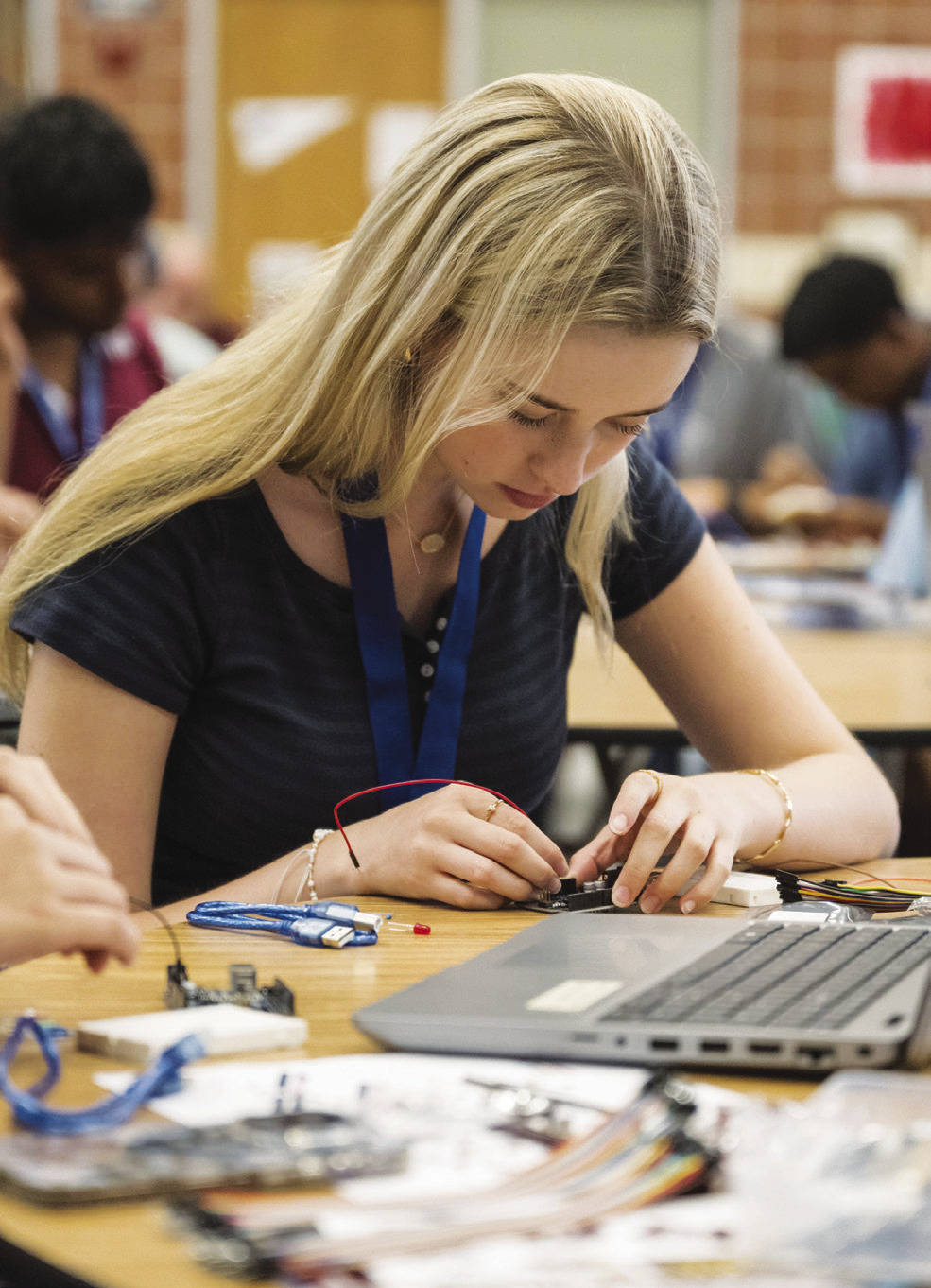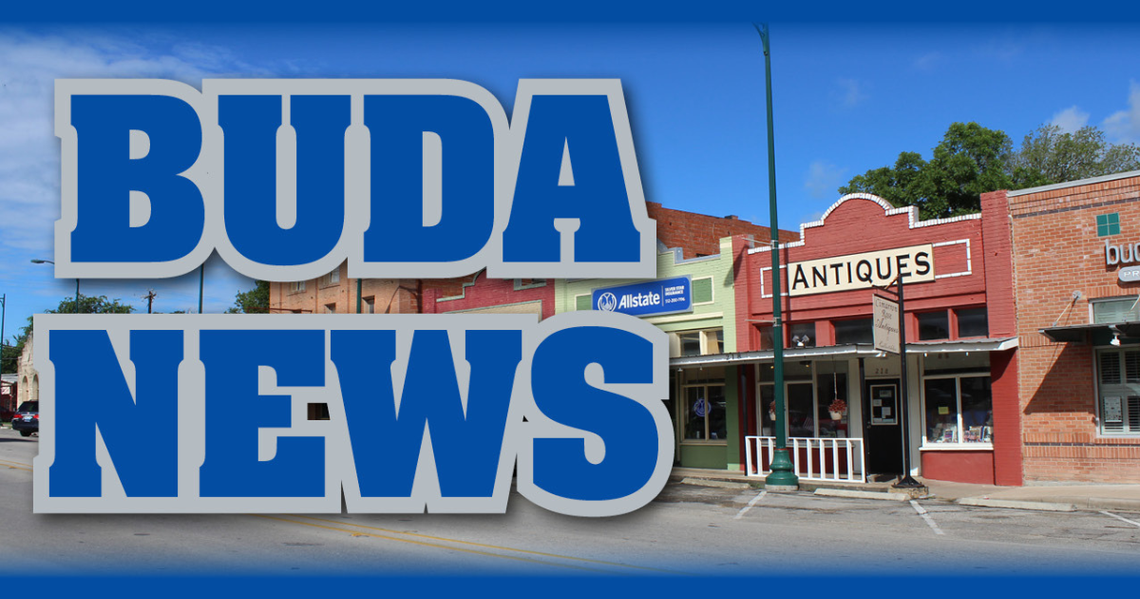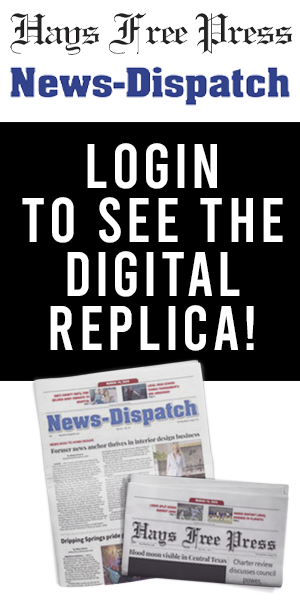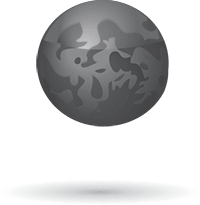BUDA — Johnson High School senior Ava Schlotterbeck had the experience of a lifetime while participating in the 2024-25 National Aeronautics and Space Administration (NASA) Texas High School Aerospace Scholars.
The program is an opportunity for students to engage in a science, technology, engineering and mathematics (STEM) course for the duration of the school year, according to NASA’s website. The year-long commitment is available for Texas high school juniors, beginning in the fall.
Schlotterbeck recalled stumbling across the program when she was researching internship and scholarship opportunities.
“I’ve always been really interested in STEM and I know that I want to do aerospace engineering,” she explained. “I saw that NASA had a lot of things, which I didn’t really know about. I was like, ‘Oh, that’s really cool. They have high school programs.’ So, I was looking into them and I picked this one because it said ‘Aerospace Scholars.’”

The application process consisted of submitting a transcript and some essay questions, she said.
For the five-month duration of the program, Schlotterbeck participated in virtual classes each week to learn about NASA careers, engineering principals, missions and more. Despite the program adding essentially another class to Schlotterbeck’s schedule, she stated that the assignments were actually fun and interesting to complete.
Although the program was virtual, Schlotterbeck stated that she didn’t feel the learning was impacted, due to the organization and involvement of the teachers. Additionally, each month, students from the region would meet in person for a meeting, where they would complete engineering projects. For example, she explained that one required the teams to put together a rocket kit — only without the instructions. This forced them to use their past experience and skills to find the solution.
Those who complete the virtual class with soaring grades are then invited to another camp in the summer called Moonshot. This, according to Schlotterbeck, is a weeklong research opportunity, where the students are split into groups of nine or 10 and are given a real-life problem to solve from the ongoing Artemis mission that NASA is conducting.
“Mine was a Lunar Hopper. So, my team was called India Two, and our problem was to collect samples on the lunar surface and scout out different terrain. So, we made a little thing and it would use jet propulsion; it would basically hop across the moon,” she explained, adding that they got to make a 3D model of it.
Her role in the project, in addition to aiding in research and concept ideas, was the integration manager, who came up with the script for the 15-minute video presentation and collected everyone’s work.
Despite the difficult work, Schlotterbeck said it was rewarding, as they were able to consult with NASA employees throughout the camp.
After everyone’s presentation, the top three groups were selected to visit NASA’s Johnson Space Center toward the end of July, which Schlotterbeck was part of.
“The onsite visit was amazing. I’ve never experienced anything like it. We got to stay at the Johnson Space Center for a week and it was just really cool,” she said. “We got to go into NASA facilities, so we got to see live mission control. When you go to the Johnson Space Center to visit it, you can see the original mission control for the Apollo missions and everything, but it’s almost like a museum. We actually got to go to the live viewing room, where workers communicate.”
Although she enjoyed multiple aspects, Schlotterbeck stated that her favorite part was learning about the NASA careers and the opportunity she had to visit with people who work there.
Schlotterbeck is currently applying to colleges and hopes to major in either mechanical or aerospace engineering to become an aerospace engineer.
For those considering applying for the program, she suggests simply taking advantage of and cherishing the opportunities given.
“My advice would be to enjoy every stage of it because I think that sometimes, it’s easy to be like, ‘Oh, it’s just extra work.’ But it really is enjoyable … It’s a huge opportunity to be able to communicate with real NASA employees and engineers. So, I think making sure to foster those relationships with the people that you interact with in the program is very important,” Schlotterbeck emphasized. “I hope that anyone who is interested in this kind of thing [knows] that this is an option and it was really fun.”
Applications for the program are now open and due Sept. 24. To learn more information, visit www.nasa.gov/learning-resources/high-school-aerospace-scholars.











